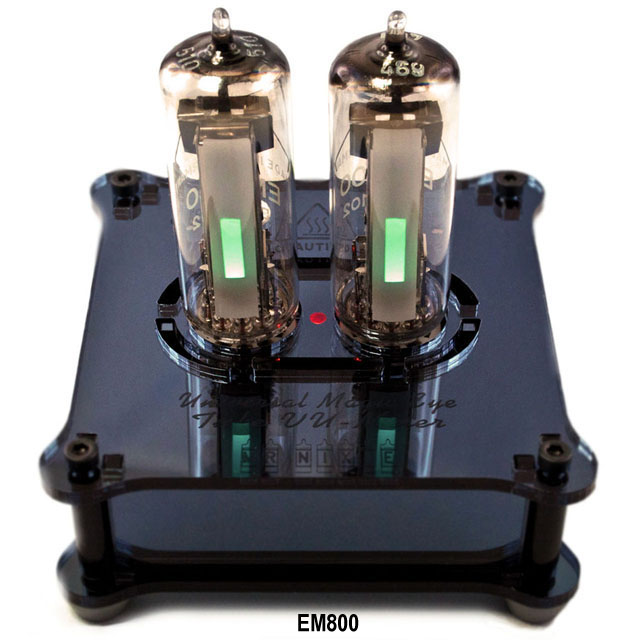magic eye tubes -- little special purpose CRTs.
http://www.magiceyetubes.com/
Some of us --
ahem -- still use devices that 'measure' signal strength (typically) with magic eye tubes.
View attachment 81454
Not an optimum exposure, but - maybe - you get the idea.
Here's another: the DM80 "exclamation point" used, e.g., in several EICO tuners, such as this HFT-90
View attachment 81455
Besides radio signal strength, they were also fairly common (at one time) as record level indicators on tape recorders (particularly smaller/less expensive consumer hifi tape recorders).
View attachment 81458
(not lit in this case, sorry)
View attachment 81459
(and this V-M illuminates the magic eye only when recording, not in playback, sorry)


 TC1000
TC1000 TC-777 2
TC-777 2